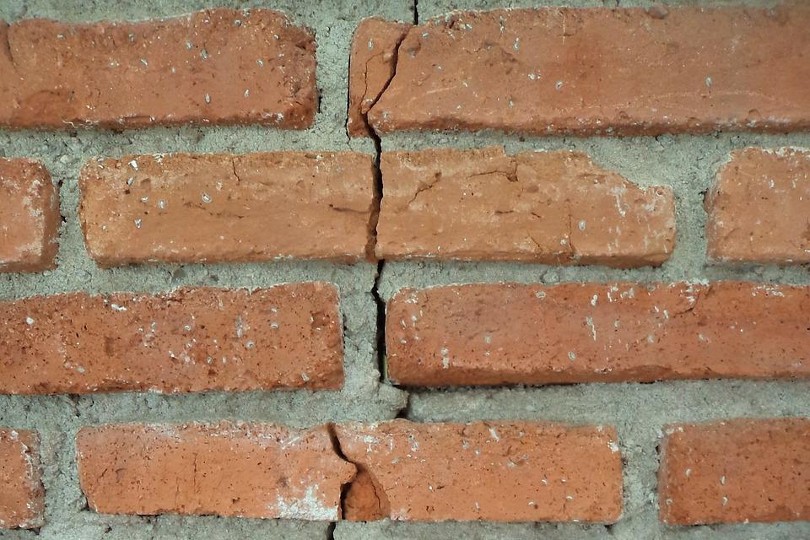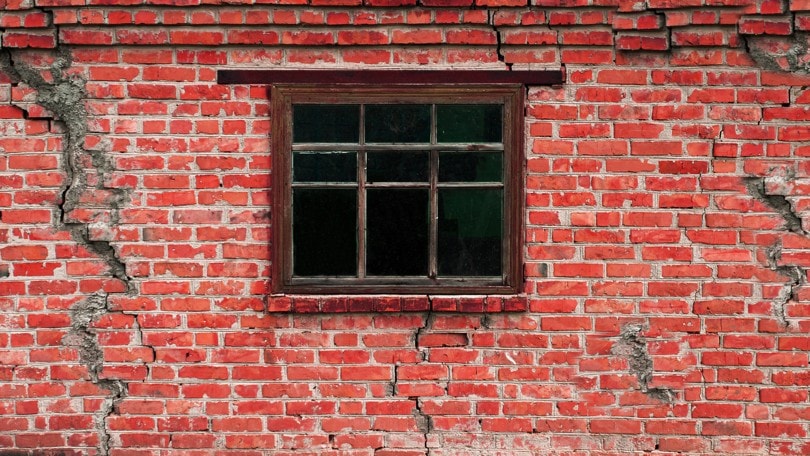Does Homeowners Insurance Cover Structural Problems? Instances, Facts & FAQ
-
Pete Ortiz
- Last updated:

As a homeowner, one thing that might worry you the most while getting a home insurance cover is whether the building structure is included in the policy.
The structural integrity of your home may gradually deteriorate over time or get rapidly impacted overnight by an occurrence such as a storm. Even with proper home repairs and maintenance, some structural problems might occur. It depends on your insurance provider.
What Exactly Are Structural Problems?
Things like tilted floors, cracked chimneys, or damaged ceilings may signify a structural problem. Usually, the focus is on the four pillars of the house, namely, the foundation, walls, floor, and roof. Cracks, shifting, sagging, or missing parts in these areas may be considered a structural problem if the damage is significant.
Structural problems affect more than just the aesthetics of a home and could have far-reaching effects if not addressed on time. As you might expect, they are also expensive to fix.

Are Structural Problems Covered Under Homeowners Insurance?
A home’s foundation and probable collapse are crucial when considering structural problems. It is debatable whether a homeowner’s policy should provide coverage for a home’s foundation, and problems associated with the foundation are, on many occasions, not covered.
On the other hand, although controversial, collapse is most times covered under regular home insurance. Whether an incident is covered or not usually depends on what caused the house to collapse.
The portion of your home insurance policy that expressly covers the home structure is frequently termed dwelling protection. It differs from other coverages on the policy, such as personal property protection and liability protection.
When and How Does Homeowners Insurance Cover Structural Problems?
When a foundation issue is brought on by water damage, homeowners insurance often covers the problem. It is regarded as a covered risk if your subsurface plumbing leaks and erodes the foundation of your house.
However, homeowners insurance does not provide coverage for foundational problems brought on by earth movement, such as those that arise during an earthquake.
On the issue of house collapse, the reason for the collapse must be something unexpected or accidental for the homeowners insurance to cover. In addition, home insurance does not cover collapses caused by the homeowner’s carelessness or negligence.
The following are some instances when home insurance will kick in.

1. Accidents
If you hire a handyperson to do some repairs and maintenance at your house and they accidentally knock down a wall leading to your home collapsing, you will likely be compensated.
Even though the handyman ought to have known how to identify structural walls, your home’s collapse was neither planned nor your fault.
2. Weather Damage
For instance, if too much ice or snow accumulates on your roof, causing it to collapse, you will likely get covered under your home insurance policy. This is because the homeowner is unlikely to have foreseen it and could not have taken any preventative precautions.
3. Unexpected Incidents
For instance, if your foundation deteriorates to the point that your house collapses, and you subsequently learn that the cause was widespread termite damage, you will likely be covered under homeowners insurance.
Although termites are not a covered risk under home policies, the collapse is likely to be covered if you, the homeowner, were wholly uninformed that you had a termite infestation. The covered event would be the collapse and not the termites.

What Will You Pay When the Homeowners Insurance Covers Structural Problems?
After paying your deductible, you’ll be liable for any sums above your homeowner’s policy’s limits in the dwelling protection category.
Your deductible amount and the upper limit on your premiums would be specific to your private homeowners’ policy. Ensure that you go over your policy with your independent insurance agent so you are fully aware of the scope of your coverage and any potential out-of-pocket expenses.
There is always the option to compare policies to find one with a smaller deductible or pay more to raise your coverage limit. When examining your insurance, keep your specific requirements and concerns in mind. Your agent can advise you on whether you need to increase your coverage or not.
So What if Your Homeowners Insurance Does Not Cover Structural Problems?
Any structural issue caused by carelessness or negligence in taking care of your home cannot be covered by any insurance policy.
However, some insurance providers offer particular insurance policies for structural damages that are not covered in the standard home policy. For instance, flood insurance covers the cost of repairs and replacements if your house has been damaged by floods.
Further, earthquake insurance protects you from losing your home and your possessions if an earthquake damages your house. Consider getting one of these insurance policies to safeguard your house if you reside in an area vulnerable to these hazards.
Conclusion
So does homeowners insurance cover structural problems?
The answer is it depends on the situation. Most homeowners insurance policies do not cover structural problems, but there are exceptions. Still, you can find particular policies that focus on structural damages.
But prevention is better than cure. To keep your home secure, conduct regular home repairs and maintenance as soon as you notice any defects.
Related Reads:
- Does Homeowners Insurance Cover Fences?
- Does Homeowners Insurance Cover My Furnace?
- Does Homeowners Insurance Cover Sewer Line Replacement?
Featured Image Credit: Jack_the_sparow, Shutterstock
Contents


